No revestimento em pó de alumínio, primeiro, limpe o alumínio. Em seguida, pulverize pó seco sobre ele. Em seguida, asse-o em um forno para derreter o pó. Por fim, deixe esfriar. Isso produz um acabamento forte e protetor. Podem ser usadas diferentes cores de pó. O revestimento é resistente e dura muito tempo.
Este artigo o ajudará a descobrir as técnicas adequadas de revestimento em pó de alumínio. Conheça seus vários benefícios e sua versatilidade em diversas aplicações.
O que é revestimento em pó?
Em geral, as técnicas de revestimento em pó estão associadas ao acabamento seco. Esse tipo de pó especial geralmente é feito de resinas, pigmentos, e aditivos.
A resina, nesse caso, representa cerca de 50-60 % do pó. Enquanto isso, os pigmentos contribuem para a produção da cor e ocupam de 20 a 30%.
Os aditivos melhoram propositadamente a consistência, como fazem os agentes de fluxo. São necessários de 5 a 10 %. A carga eletrostática ajuda a cobrir uniformemente as superfícies com boa aderência do pó. Para isso, há uma pistola de pulverização. Ela tem a finalidade de carregar negativamente as partículas de pó em uma alta tensão de 30 a 100 kV.
O processo avança com o aterramento da peça de trabalho. É isso que faz com que os objetos atraiam partículas carregadas. Assim, o pó adere uniformemente.
Tipos de revestimento em pó
- Pó termofixo
- Pó termoplástico
Pós termofixos
A formação de pó termofixo inclui epóxi, poliéster, acrílico e poliuretano.
- A resistência química e à temperatura (até 250°F) são as qualidades do epóxi, o que o torna adequado para eletrodomésticos.
- O poliéster impede efetivamente o impacto da radiação UV e é mais adequado para objetos externos. Esse revestimento dura de 10 a 15 anos em ambientes externos.
- O acrílico, com seu acabamento brilhante, é uma excelente combinação para peças automotivas.
- O poliuretano geralmente envolve um manuseio difícil e, por isso, é ideal para equipamentos industriais.
Pós termoplásticos
O náilon e o polietileno formam pós termoplásticos.
O náilon pode evitar o desgaste de equipamentos, como o equipamento. Isso ocorre porque ele tem uma boa resistência à tração de 8.000 a 12.000 psi.
O polietileno evita o impacto da umidade e é comumente usado para tubos.
Benefícios do revestimento em pó de alumínio
1. Resistência à corrosão
O motivo pelo qual as peças de alumínio revestidas não sofrem corrosão é que o revestimento em pó funciona de duas maneiras. Uma delas é a proteção por barreira e a outra é a proteção eletroquímica.
- A proteção por barreira não permite que a umidade, a água ou os produtos químicos entrem nas substâncias.
- A proteção eletroquímica funciona para impedir a oxidação da peça. Para isso, ela bloqueia as correntes elétricas.
Vários tipos de revestimentos oferecem diferentes níveis de proteção. Por exemplo, quando submetidos a testes de névoa salina, os revestimentos de epóxi duram cerca de 1.000 a 1.500 horas.
Enquanto isso, os revestimentos de poliéster não são afetados por cerca de 500 a 1.000 horas.
O objetivo do teste de névoa salina é determinar a capacidade genuína dos revestimentos de impedir a ferrugem.
2. Durabilidade e longevidade
O revestimento em pó no alumínio é 100% eficaz para protegê-lo contra abrasão, arranhões e impactos. É por isso que o objeto se torna durável.
Resistência à abrasão
A peça revestida é verificada para medir sua resistência à abrasão. No momento, é realizado um teste de abrasão taber.
Resistência a arranhões
A resistência a arranhões pode ser verificada por meio de um teste de dureza com lápis.
Resistência ao impacto
Teste de resistência ao impacto com queda de peso. Nesse teste, foi analisado que o revestimento pode suportar 160 in-lbs de impacto.
Cronogramas de cura
Além dessas propriedades, o cronograma de cura também é considerável em termos de durabilidade e longevidade.
Por exemplo, quando a temperatura de cura completa seu ciclo 1, ela mostra a melhoria da dureza do alumínio 2024-T3.
Enquanto isso, a posição do ciclo 5 mostra como ele estabiliza as características mecânicas, proporcionando uma capacidade de desempenho duradoura.
Resistente aos raios UV
O revestimento em pó protege os objetos dos impactos dos raios UV e do clima. Há testes QUV disponíveis para verificar a durabilidade dos revestimentos de poliéster. Isso pode resistir por anos sem causar desbotamento.
3. Estética
Há muitas coisas que o revestimento pode produzir nas superfícies, aumentando sua estética. Por exemplo, cores, texturas e níveis de brilho.
O acabamento metálico e os pigmentos perolados criam uma aparência impressionante. Enquanto isso, o impacto brilhante varia de fosco 10% a alto brilho de até 90%.
4. Benefícios ambientais
O benefício adicional do revestimento pode ser o fato de ser ecologicamente correto. Há quase menos chances de compostos orgânicos voláteis (VOCs).
Os revestimentos líquidos, entretanto, expõem de 3,5 a 4,5 libras de VOCs por galão.
Além disso, o pó não utilizado pode ser trazido de volta ao processo ou reciclado. A equipe pode reutilizar cerca de 95% de overspray.
5. Custo-efetividade
Trabalhar com revestimento em pó é mais fácil do que com as opções líquidas. O processo é mais rápido, usa menos material e precisa de menos trabalhadores. Todos esses fatores o tornam muito mais barato, cerca de 20-30% do que o revestimento líquido.
Preparação de alumínio para revestimento em pó
Limpeza e desengorduramento:
Certifique-se de que as superfícies de alumínio não contenham sujeira, detritos ou outros elementos indesejáveis.
Nesse caso, vários produtos de limpeza têm a finalidade de limpar os objetos. Por exemplo, óleo e sujeira podem ser limpos com produtos de limpeza alcalinos. Eles ocorrem em um pH de 10-12.
Os limpadores ácidos removem as partes enferrujadas do objeto e suas incrustações. Eles funcionam em um pH de 1 a 3.
Os limpadores à base de solvente limpam bem as áreas com óleo e graxa pesados. Eles evaporam em cerca de 5 a 10 minutos.
Lixamento e jateamento:
Uma vez concluída a limpeza, os recursos que você pode usar para tornar as superfícies mais ásperas são o lixamento ou o jateamento. Além disso, escolha o tamanho do grão associado ao jateamento entre 60 e 120.
Para remover ferrugem pesada, use um grão mais grosso (60-80). Da mesma forma, para deixar as superfícies mais lisas, use grãos mais finos (100-120).
Mídia de jateamento
A mídia de jateamento usa areia (para ferrugem pesada), granalha de aço (para superfícies resistentes) e óxido de alumínio (para objetos frágeis).
O objetivo da mídia de jateamento é preparar a superfície para aderir bem aos revestimentos. Entretanto, o jateamento excessivo torna o alumínio fino ou muito áspero.
Pré-tratamento químico
Cromatina:
O processo de cromagem funciona usando óxido de cromo. Ele acaba produzindo camadas finas e delgadas de até 0,1-0,5. As tonalidades criadas podem ser amarelas, verdes ou claras. Esse processo não é muito caro, mas é menos durável.
Anodização:
A anodização utiliza uma corrente elétrica. Isso produz uma camada espessa de óxido de 5 a 25 micrômetros. Vale a pena tornar as peças duráveis, mas os custos são mais altos.
Importância da preparação adequada da superfície
Processos de limpeza inadequados causam defeitos no revestimento. Nesse caso, ocorre descascamento, bolhas ou cobertura irregular, além de porosidade, mesmo que os revestimentos aplicados sejam de alta qualidade. Assim, seria mais difícil manter a durabilidade e o desempenho. Por esse motivo, a preparação adequada é muito importante.
Processo de revestimento em pó para alumínio
As cinco principais etapas do revestimento em pó de alumínio são:
- Pré-tratamento
- Aplicativo
- Cura
- Resfriamento
- Controle de qualidade
1. Pré-tratamento:
Os contaminantes (poeira, óleo e ferrugem) que uma peça fabricada contém realmente causam problemas durante o revestimento. Portanto, certifique-se de que as superfícies estejam limpas.
Entre as várias opções, as soluções alcalinas removem facilmente o óleo e a sujeira. A gravação ácida ajuda a eliminar a ferrugem.
Mas, no caso da criação de uma melhor aderência, reações químicas como a fosfatação são boas. Elas podem criar camadas espessas de cerca de 1 a 3 micrômetros.
A mídia de jateamento, como areia ou granalha de aço, permite que você esfregue a superfície, causando rugosidade em um perfil de 1,5 a 4 mils (38 a 102 mm). As superfícies rugosas retêm bem o revestimento.
2. Aplicativo:
As pistolas de pulverização eletrostática, como a Corona e a Tribo, são duas maneiras diferentes de aplicar o pó.
As pistolas corona funcionam usando tensão e as tribo usam atrito para carregar as partículas.
Ambos os processos espalham o revestimento em pó uniformemente e obtêm uma camada de 2-4 mil (50-100 micrômetros) de espessura.
No entanto, mantenha o controle da pressão do ar e da taxa de fluxo de pó para manter a uniformidade.
Vantagens:
A razão pela qual as peças de formato complexo obtêm cobertura uniforme é que os revestimentos funcionam bem.
Desvantagens:
É necessário ter a devida atenção para lidar com a tensão e a distância.
3. Cura:
A etapa de cozimento ocorrerá após a aplicação do pó. Durante essa etapa, o pessoal aquece o objeto em um forno ou usa aquecedores infravermelhos (IR).
Se o pó for termofixo, ele curaria a 300-400°F, levando de 10 a 20 minutos em um forno. A ligação cruzada faz com que o revestimento fique mais duro e durável.
Por outro lado, esse tipo de pó termoplástico geralmente derrete a 350-450°F. Eles se fundem em uma camada lisa.
Usando o método de infravermelho, os raios aquecem rapidamente a peça, levando de 2 a 5 minutos.
Basicamente, as programações de cura são os parâmetros que afetam os níveis de dureza. Eles geralmente variam de 2H a 9H na escala de dureza do lápis.
Controle de temperatura e umidade
Para começar, a temperatura e a umidade inadequadas são os principais problemas. Isso acaba queimando o revestimento quando superaquecido ou causa cura incompleta quando há pouco calor.
Além disso, a umidade deve ser controlada no 50% para evitar defeitos.
4. Resfriamento e manuseio:
Para obter resultados precisos, as peças curadas devem passar por um processo de resfriamento.
Métodos de resfriamento
Os estágios de resfriamento geralmente incluem dois métodos. São eles: resfriamento a ar e resfriamento a água.
O resfriamento a ar funciona por 10 a 15 minutos. Enquanto isso, o resfriamento com água é a maneira mais rápida, mas pode causar choque térmico.
Manuseio:
Manuseie as peças de alumínio revestidas com cuidado. Além disso, você pode usar luvas e racks acolchoados. Essas técnicas de manuseio evitam arranhões ou amassados.
5. Medidas de controle de qualidade:
Os testes de controle de qualidade garantem que as peças revestidas atendam aos padrões estabelecidos. Eles incluem:
- Espessura do filme: O medidor de espessura ajuda a medir a película do revestimento. O intervalo ideal é de 2 a 4 milhas.
- Aderência: Você verifica a aderência do revestimento às superfícies usando um teste de corte transversal. Para passar nesse teste, o revestimento não pode se descolar.
- Resistência ao impacto: O teste de queda de peso mede o quanto uma peça revestida reage ao impacto.
- Testes de névoa salina: Verifica os limites de resistência à corrosão do alumínio.
Aplicações comuns do revestimento de alumínio em pó
Componentes arquitetônicos:
Os raios UV e a resistência às intempéries são os atributos que tornam o revestimento em pó ideal para cortinas, paredes e corrimãos.
Ele não desbota e dura mais tempo. Além disso, suas opções de cores e acabamentos ajudam a obter uma aparência bonita.
Peças automotivas
Há a vantagem da dureza dos revestimentos e do acabamento resistente a arranhões para rodas e acabamentos de automóveis. Além disso, sua resistência a impactos e produtos químicos (sal de estrada) não perde sua qualidade visual.
Componentes aeroespaciais
Em um revestimento de alumínio em pó,
Há as melhores propriedades de leveza e resistência a altas temperaturas. É por isso que eles são adequados para suportes e painéis. Isso ocorre porque as peças de aeronaves enfrentam condições intensas.
Ferragens marítimas
Para impedir o impacto da corrosão causada pela água salgada, a marine usa o revestimento para trilhos e acessórios de barcos. Dessa forma, o revestimento passa no teste de névoa salina; ele pode suportar ambientes marinhos adversos.
Móveis e eletrodomésticos
O processo de limpeza do revestimento é muito fácil e, por isso, ele pode ser usado em móveis e utensílios externos.
Seus outros recursos, como resistência a arranhões, UV e impacto, são benéficos para essas peças, tornando-as mais duráveis.
Conclusão
Além da durabilidade, da bela aparência e dos benefícios ambientais, o revestimento em pó de alumínio adere às qualidades mencionadas. Vários setores, portanto, incluindo o automotivo, aeroespacial, marítimo e de móveis, estão se beneficiando dele. Antes de aplicá-lo, pondere todos os parâmetros. Isso diz respeito a suas técnicas e processos, que resultam em acabamentos melhores e mais duradouros.

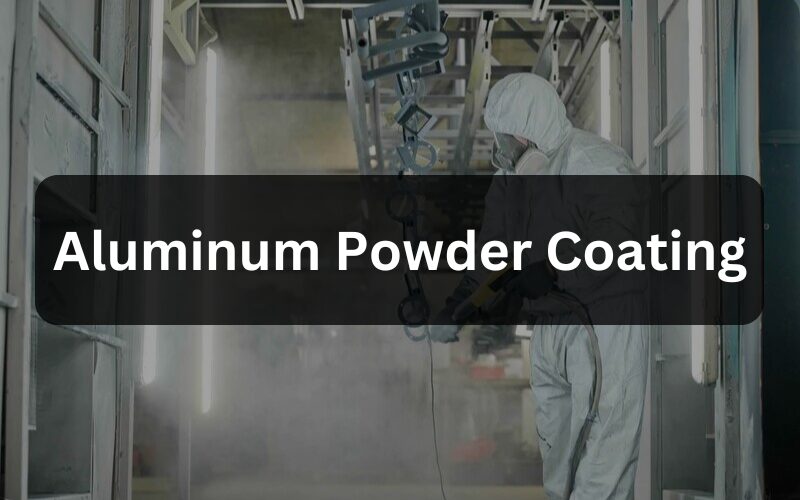
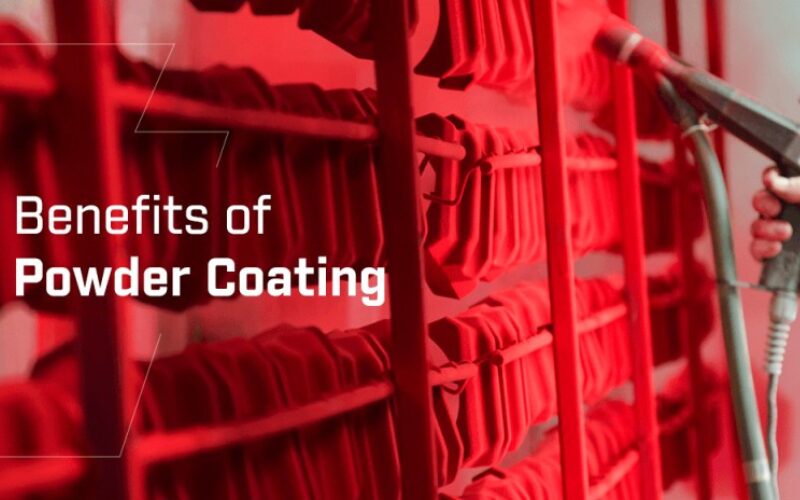
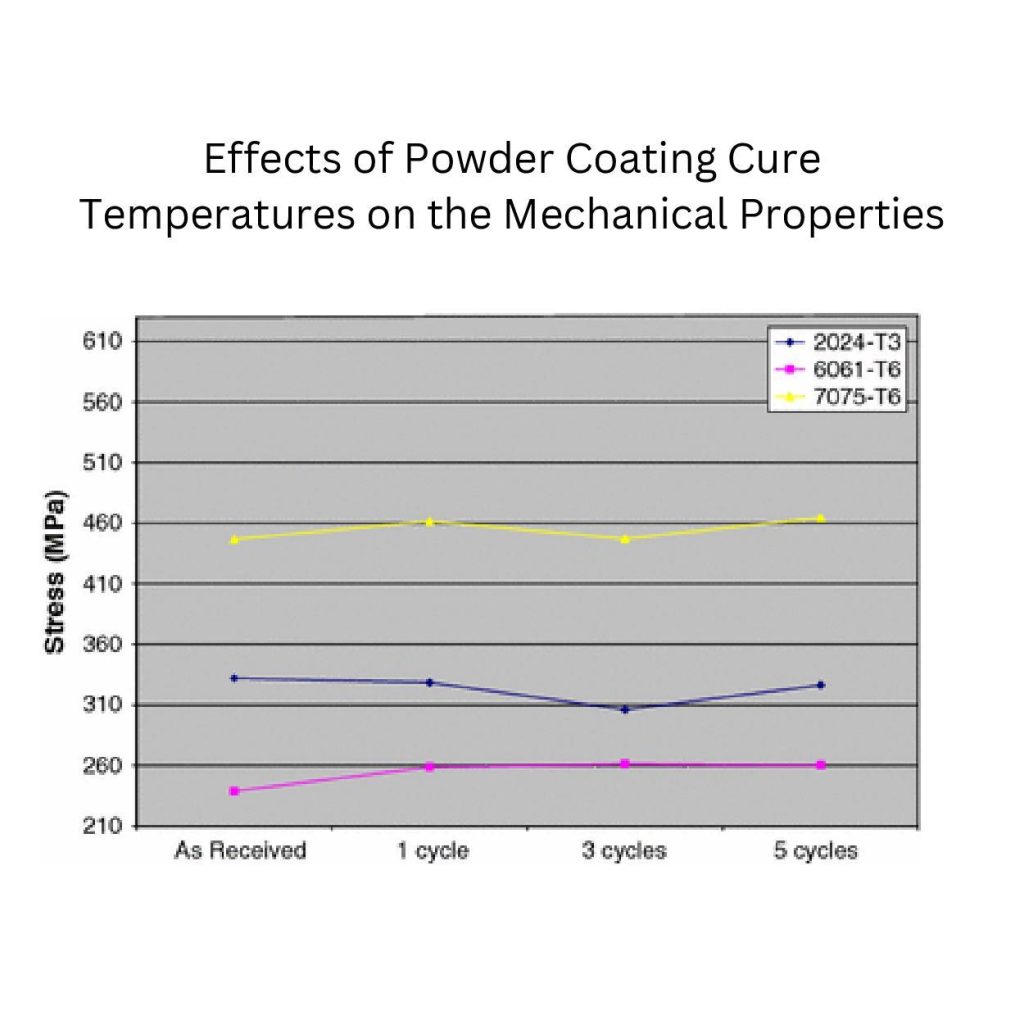
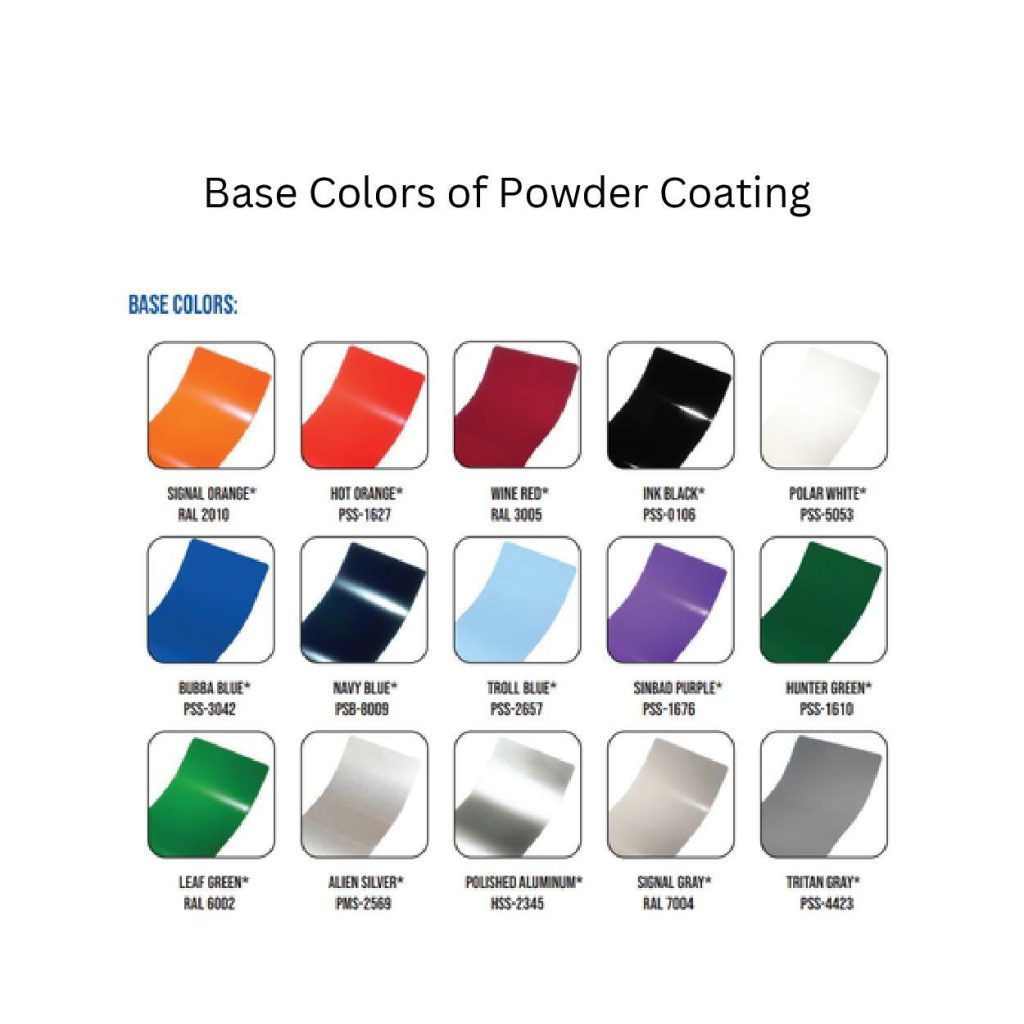
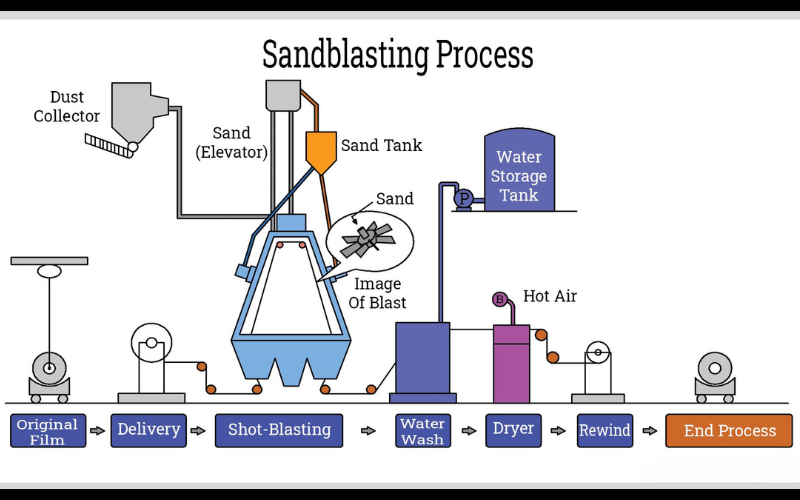
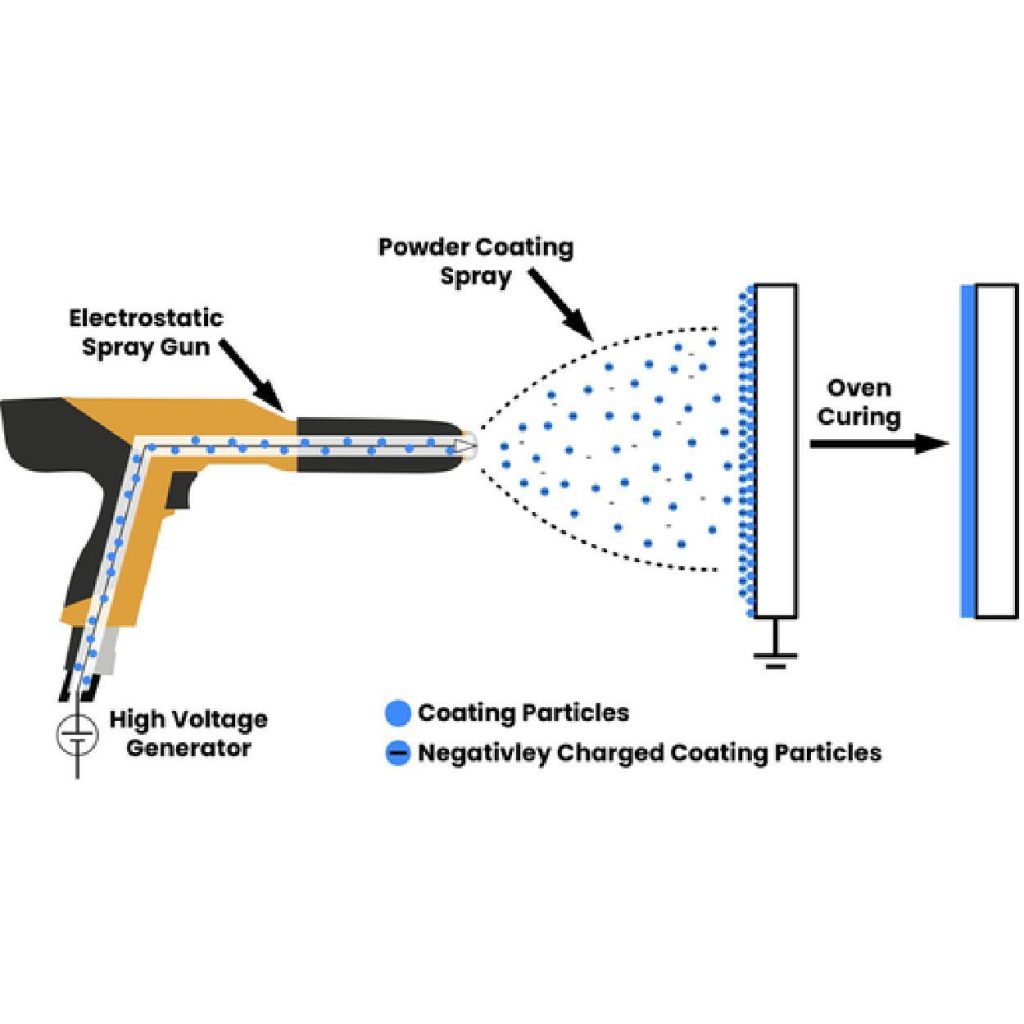
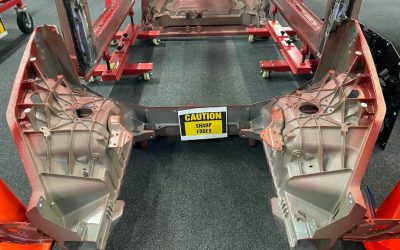
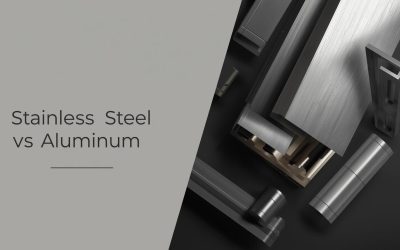
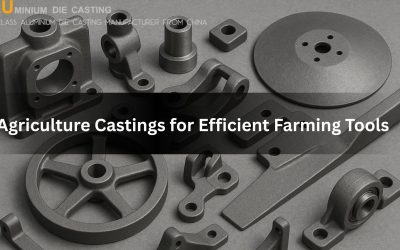
0 comentários